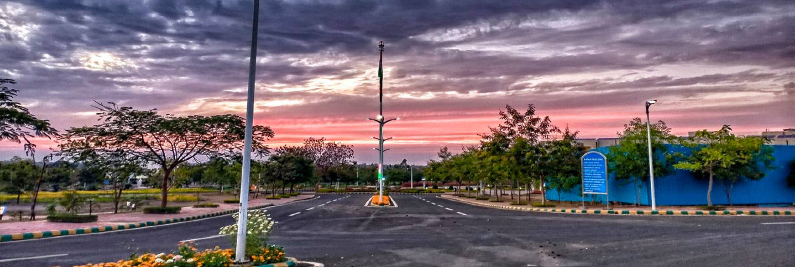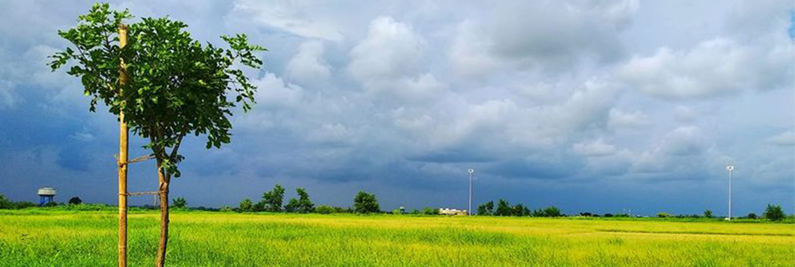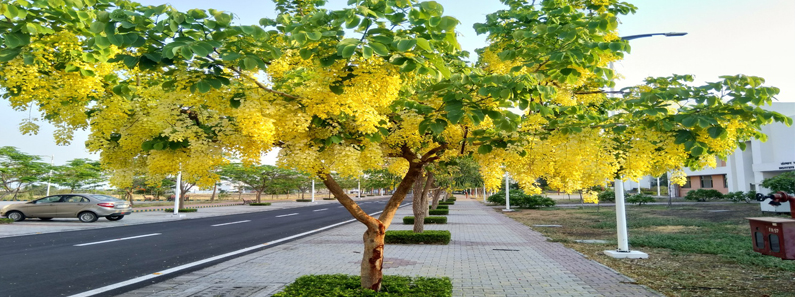Best Books to Read in 2023
Best Books to Read in 2023 Are you a bookworm or a bibliophile, if yes, then this is the ...
IISER Bhopal researchers have developed a clear synthetic biomedical adhesive that can effectively seal and repair injured and dissected tissues.
This adhesive, which is biodegradable and biocompatible, is capable of binding different surfaces such as tissues, bones, eggshells, and wood in both air and underwater and requires no additional crosslinking agents or metal ions.
 Biodegradable
BiodegradableSuch biodegradable and biocompatible adhesives find applications in medicine, dentistry, drug delivery, and tissue engineering, say IISER Bhopal researchers.
These adhesives are also used in orthopedic procedures to enhance bone repair and can even be used as an alternative to sutures, staples, and wires, in wound closures, say IISER Bhopal researchers.
They could also be used in eco-friendly packaging applications and products, contributing to sustainable practices in various industries, say IISER Bhopal researchers.
The research was led by Prof. Aasheesh Srivastava, Faculty, Department of Chemistry, IISER Bhopal, Dr. Aashish Sharma, Associate Prof. in the School of Medical and Allied Sciences, G.D. Goenka University, Haryana, and Dr. Tanmay Dutta, Postdoctoral Researcher – IISER Bhopal.
Also read – 10 Simple Big Data Projects to Stand Out Globally
Their findings have been published in the reputed, peer-reviewed journal Chemistry – A European Journal (https://doi.org/10.1002/chem.202302157)
Elaborating on this research, Prof. Aasheesh Srivastava, Faculty, Department of Chemistry, IISER Bhopal, said, “Biomedical adhesives are bonding and sealing materials that provide support and cohesion to repair tissues and are extensively used in medicine.
Suitable materials for these adhesives can be found in nature and are commonly secreted by underwater organisms such as sandcastle worms and mussels, said Prof Aasheesh who led IISER Bhopal researchers.
 Adhesives
AdhesivesBiomimetic adhesives have been developed and applied as adhesives in the past. However, those adhesive materials came with their shortcomings.
For example, biomimetic adhesives that have been made from natural polymers such as fibrin, collagen, gelatin, and chitosan, have a risk of triggering immunological reactions, and may not always be useful in cosmetics and surface tissue adhesion applications, say IISER Bhopal researchers.
Furthermore, these adhesives are not transparent and can have different colours, which may affect the aesthetic value.
There is thus, a need to develop biocompatible, transparent adhesive systems that are also cost-effective, say IISER Bhopal researchers.
Elaborating on the background of the materials they have developed, Prof. Aasheesh Srivastava said who led the IISER Bhopal researchers they used a mixture of oppositely-charged water-soluble polyelectrolytes that are known for their biodegradability and biocompatibility.
These polymers have multiple amide groups and thiol residues that lead to strong adhesion due to the formation of hydrogen bonds and disulfide bonds.
The resulting adhesive layer is colourless and transparent, he said.
To test their binding capabilities, three different formulations were developed and applied directly to various pressed substrates to achieve adherence.
One of them which the authors called ‘A30’ had excellent adhesive action and could bind a variety of substrates such as mammalian bones, wood, glass, mica, and aluminum, say IISER Bhopal researchers.
The IISER Bhopal researchers also add that adhesive A30 had a porosity of 40% which can help a great deal in tissue regeneration by allowing cell movement through the adhesive layer.
This way weight or pressure across the adhered joint is distributed across the tissue surface which can lead to quicker healing.
The researchers used this adhesive (A30) to bind two glass slabs under water.
The adhesive was able to glue the glass slabs without dissolving in water. This is similar to the way natural marine animal-secreted adhesives work, say IISER Bhopal researchers.
 Under water
Under waterElaborating further, Dr. Tanmay Dutta, Postdoctoral Researcher – IISER Bhopal, said “Our A30 adhesive could even bind bones while fully submerged under water, and after curing the adhered bone pieces could bear large weights while remaining bonded.
Our adhesive provides a maximum adhesion strength of about 7 kg/cm2. This makes it a promising glue for bone restoration and fracture repair, he said.
The adhesive formulations developed by the IISER Bhopal researchers team will find use in cosmetics and biological applications.
The researchers are working towards optimizing these adhesives for such real-life applications.
S Vishnu Sharmaa now works with collegechalo.com in the news team. His work involves writing articles related to the education... (Full bio)

Best Books to Read in 2023 Are you a bookworm or a bibliophile, if yes, then this is the ...

In the exhilarating journey of 10 Proven Memorize Techniques for Students learning, memory is your trusty companion. Whether ...

Top 20 toughest exams in world is about exams in the world that required very hard work to ...

Top 20 toughest exams in India - Exams are the perhaps most toughest moments for any student. A ...

Top 20 Colleges of DU Getting admissions to the top 20 colleges of DU is a dream for every ...

Top 20 NITs of India - Amongst the 31 NITs in India, today, we are talking ...

Here are the Top 12 Artificial Intelligence in Mumbai. Artificial intelligence (AI) refers to the simulation of human ...

As you stand on the Best Science Courses after 12th academic journey, the realm of science beckons, offering ...
Millions of students have entrusted CollegeChalo to facilitate their seamless and smooth admission process to their dream colleges and universities. With CollegeChalo, you can gain a competitive edge by easily accessing exam and course details to stay ahead of the admission journey. What are you waiting for?
Search your dream college